Download Voting with a Difference, our free, straightforward guide to help you vote in the 2019 federal election. Pages 22 to 38 have lots of information about the ways you can vote. We’ve provided a few key details, here. Our guide has all kinds of other useful information, too!
Ways you can vote in the federal election
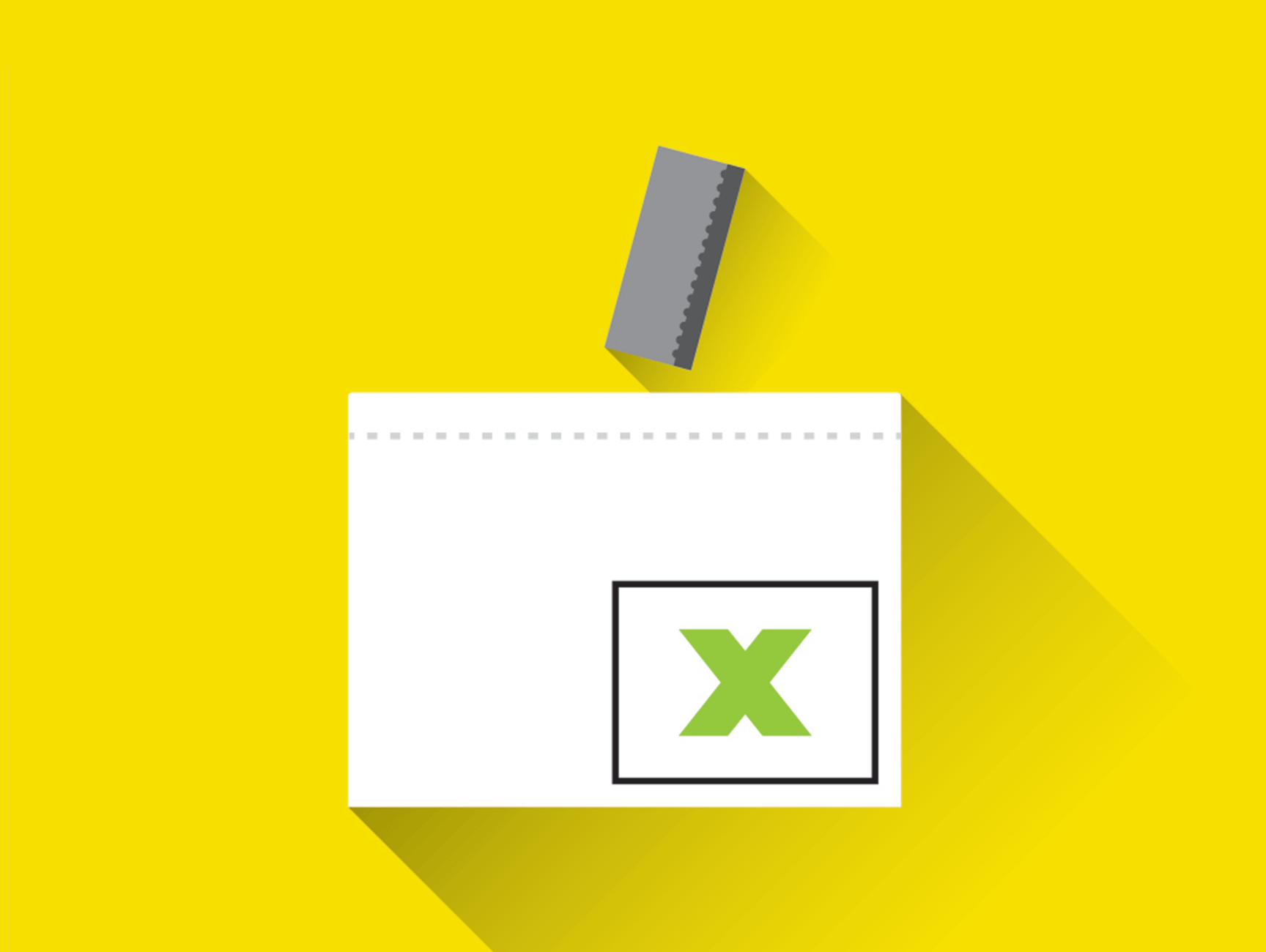
On election day
Check your voter information card to find out where your assigned polling station is located.
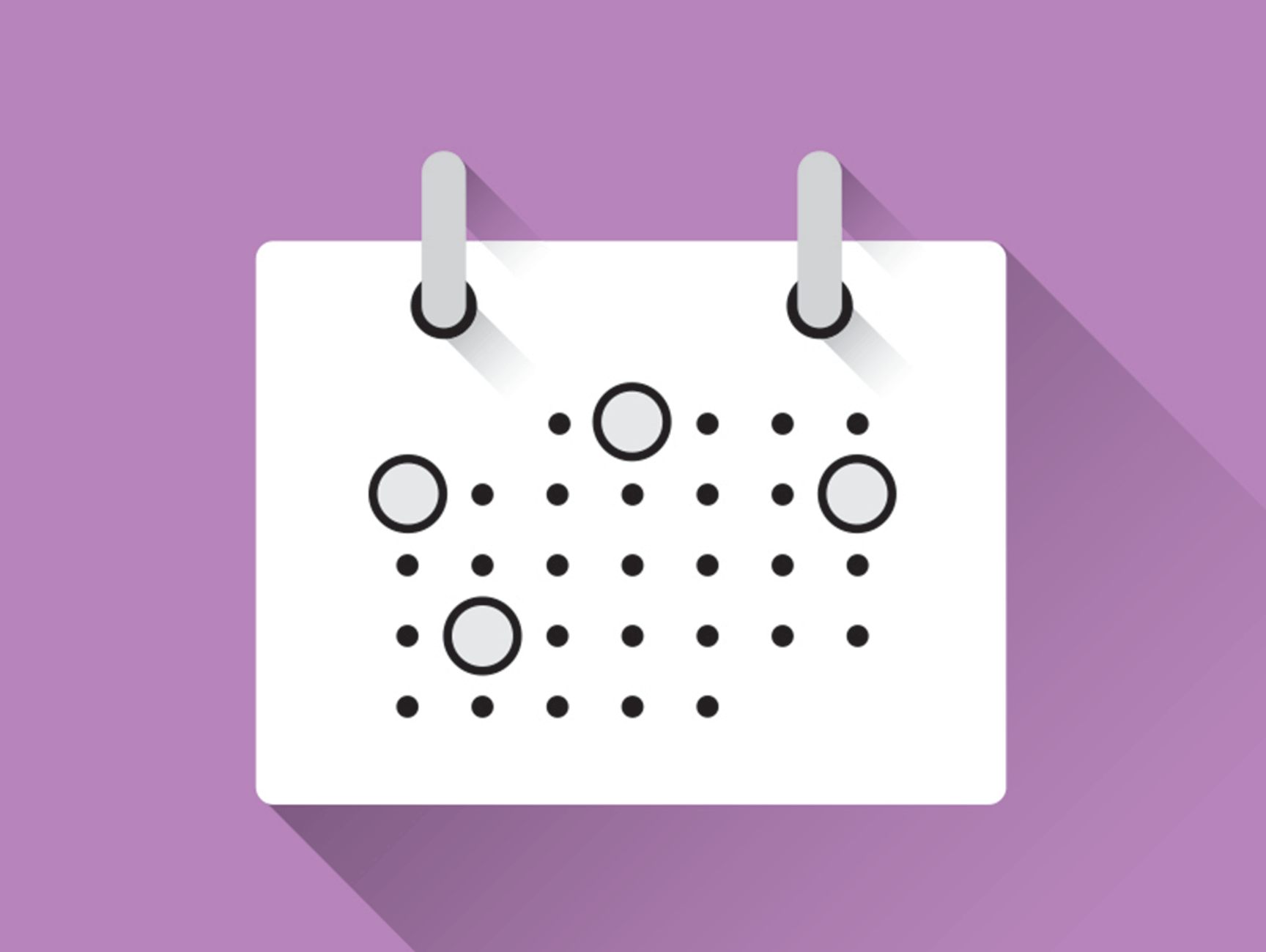
On advanced polling days
Can’t vote on election day? You can vote in advance at your assigned polling station. Check your voter information card to find out where to go.
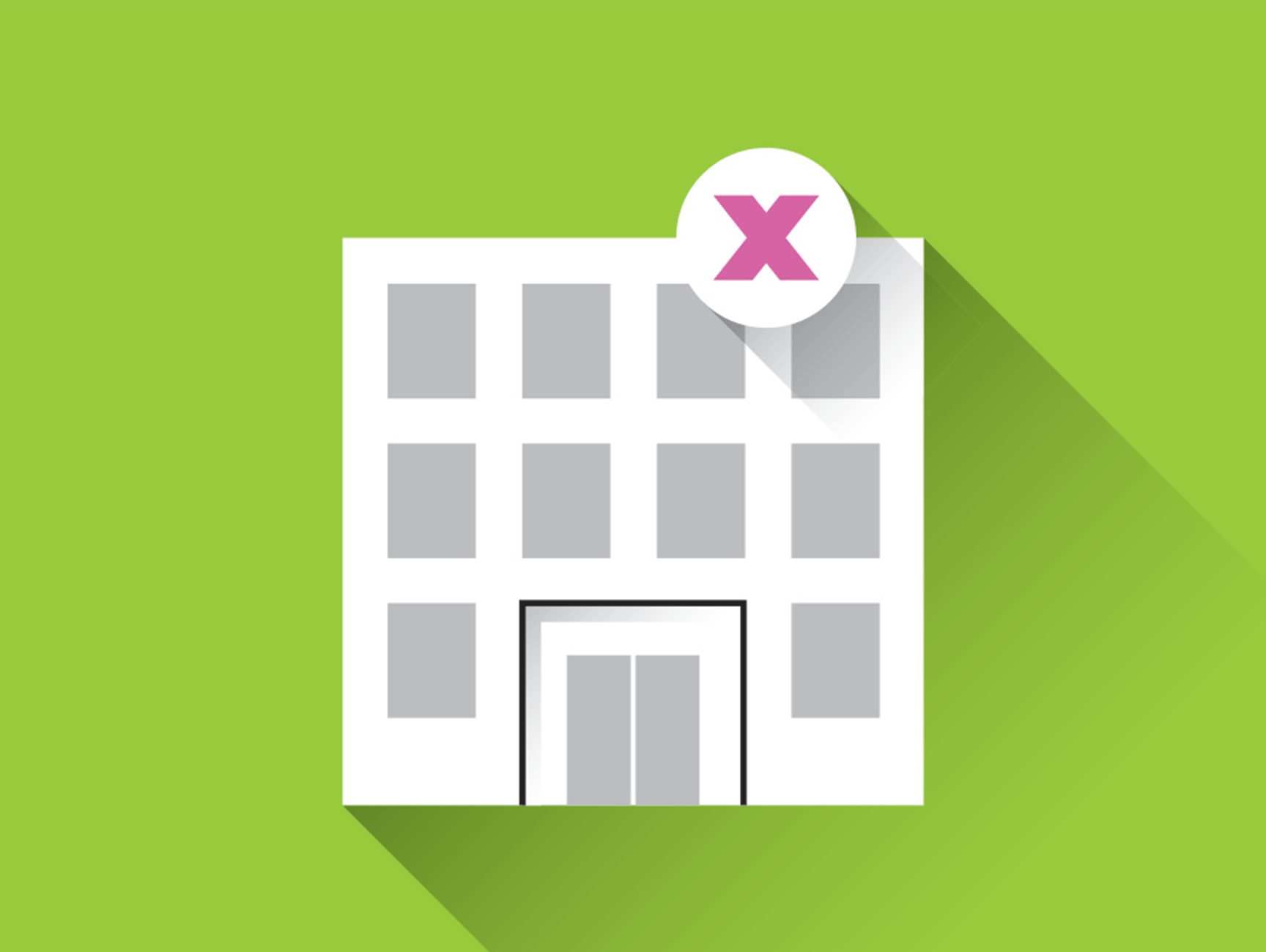
At any Elections Canada office across Canada
Visit elections.ca to find the Elections Canada office nearest you. You will vote using the special ballot process. Deadlines apply.
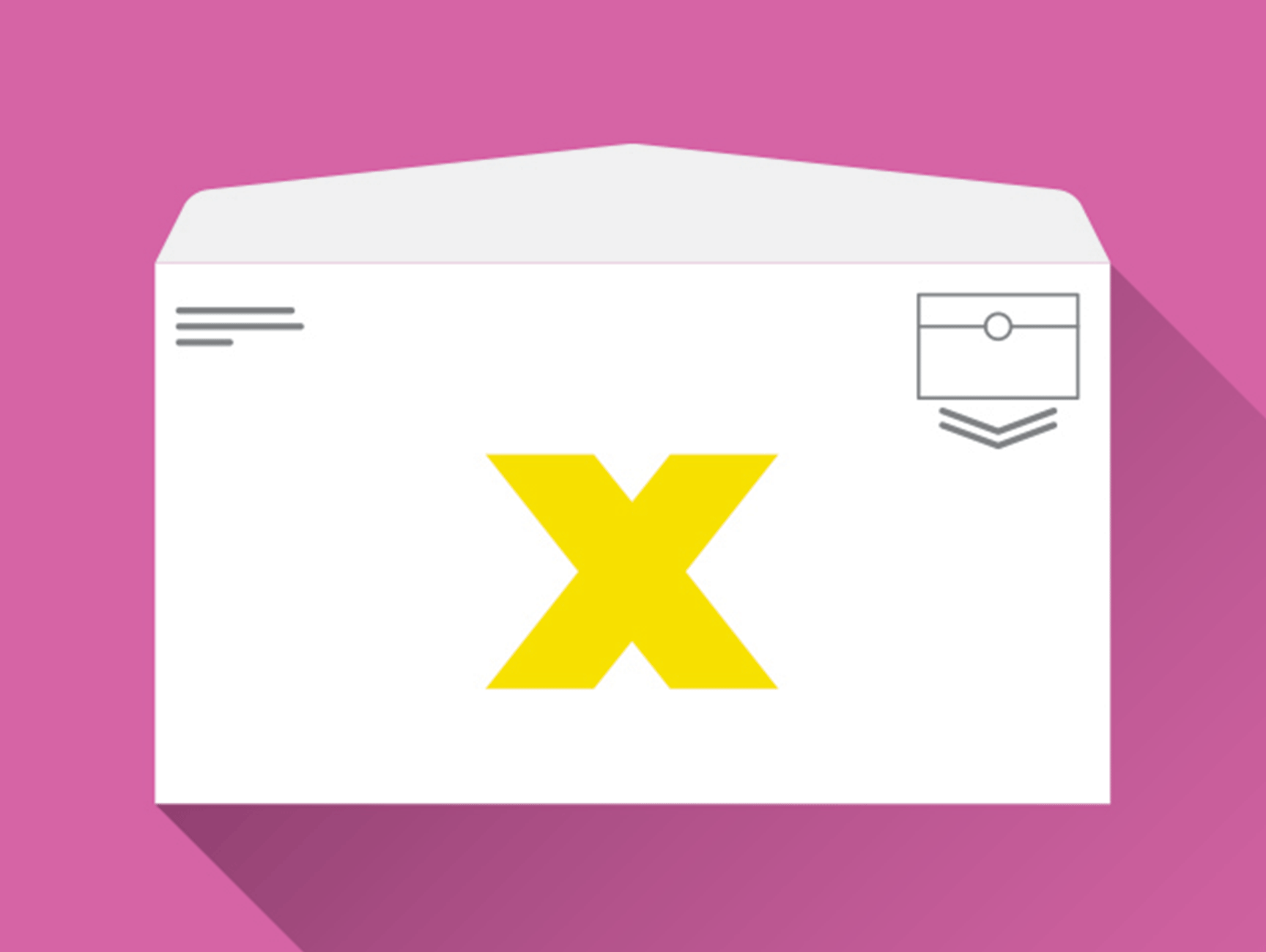
By mail
Visit elections.ca to find out more. Deadlines apply.
Do I use a Regular Ballot or Special Ballot?
Depending on which way you choose to vote, you will use either a regular ballot or a special ballot to cast your vote. Both of these ballots are secret, which means that no one except you will know who you vote for.
Regular ballot
A regular ballot is a piece of paper that shows the candidates’ names and political parties, if they are running with one. There is a circle beside each name. You will use the regular ballot to vote if you vote on election day, at advance polls, or at a mobile poll. You will use the regular ballot to vote at an Elections Canada office or if you vote at home once the list of candidates is confirmed, which is two weeks before election day. The regular ballot looks like the image below.
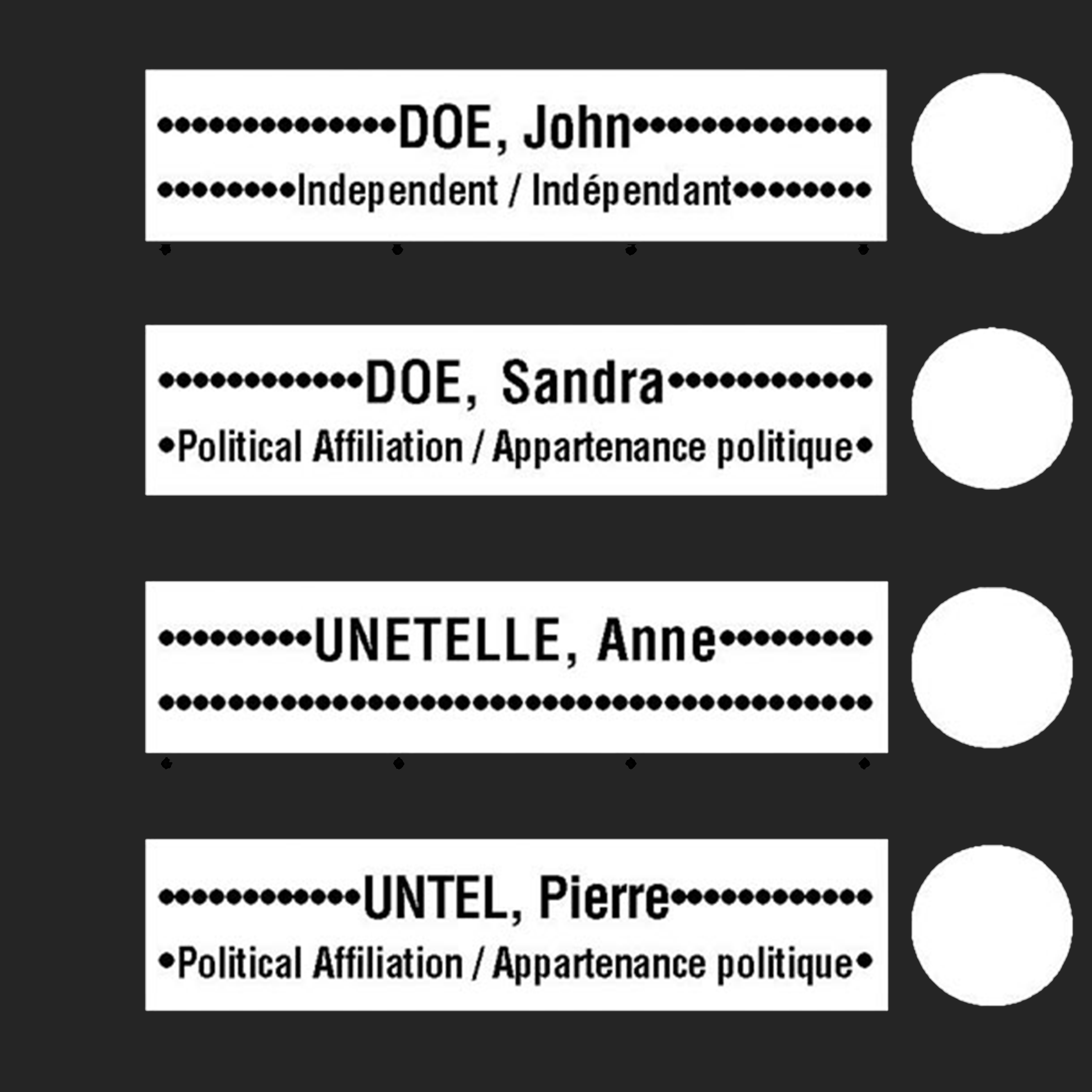
Special ballot
A special ballot is a piece of paper with a space where you write the name of the candidate you want to vote for. The candidates’ names and political parties are not already printed on the ballot. You will use the special ballot to vote by mail. You will also use the special ballot if you vote at an Elections Canada office or if you vote at home earlier than two weeks before election day. The special ballot looks like the image below.
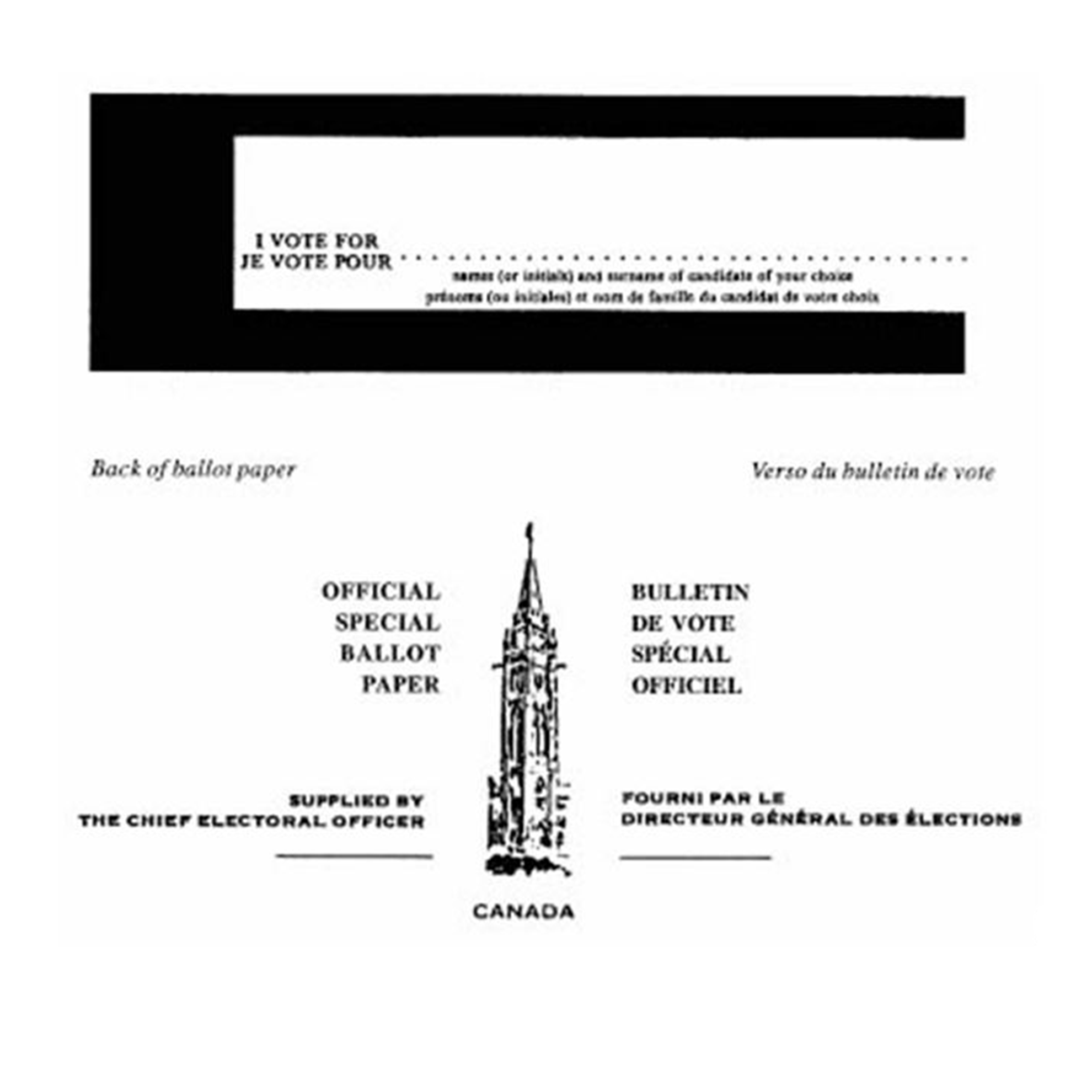
What to expect:
Voting at your assigned polling station
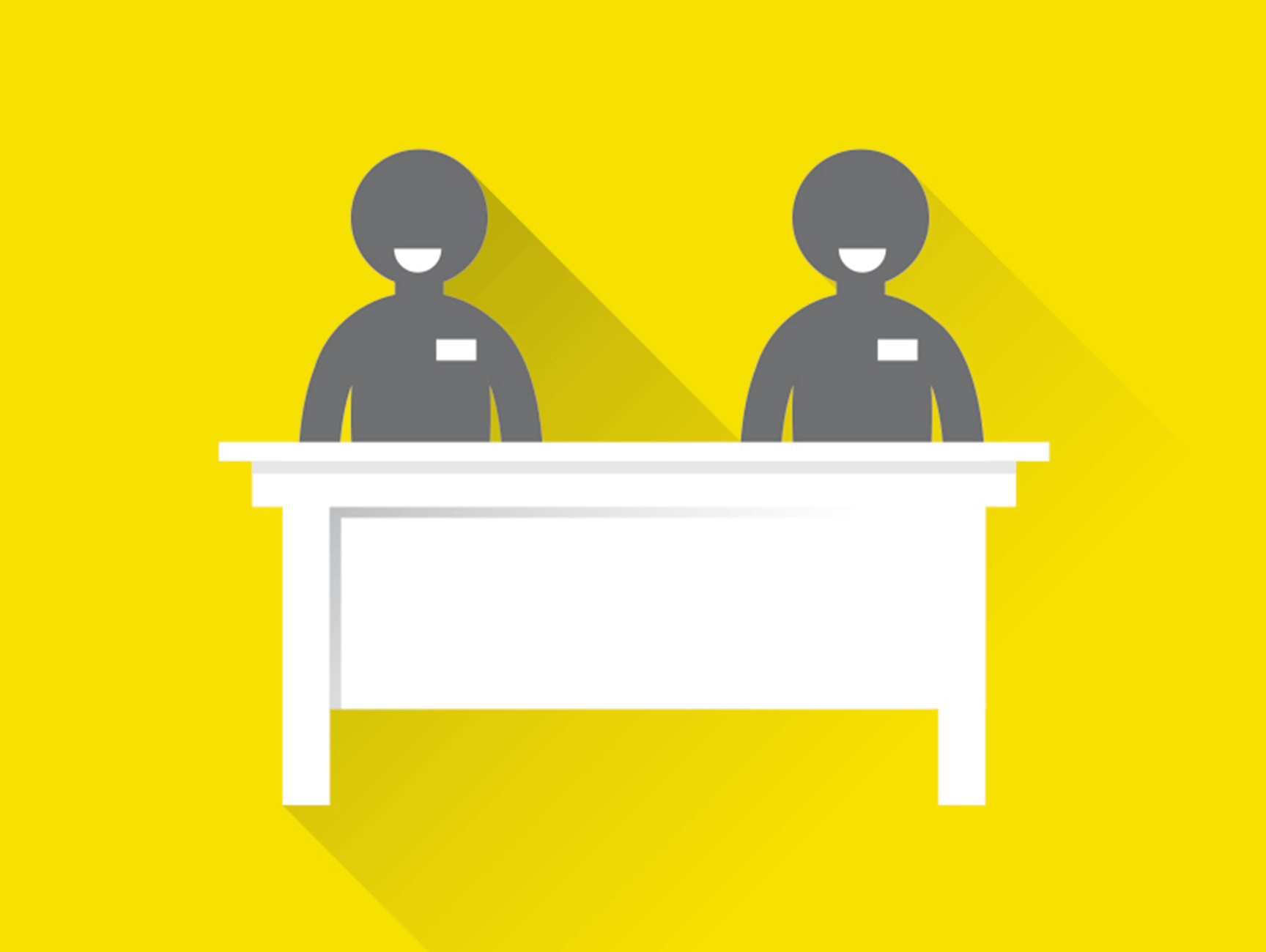
An election worker greets you and shows you to the right table. If you need help, ask an election worker.
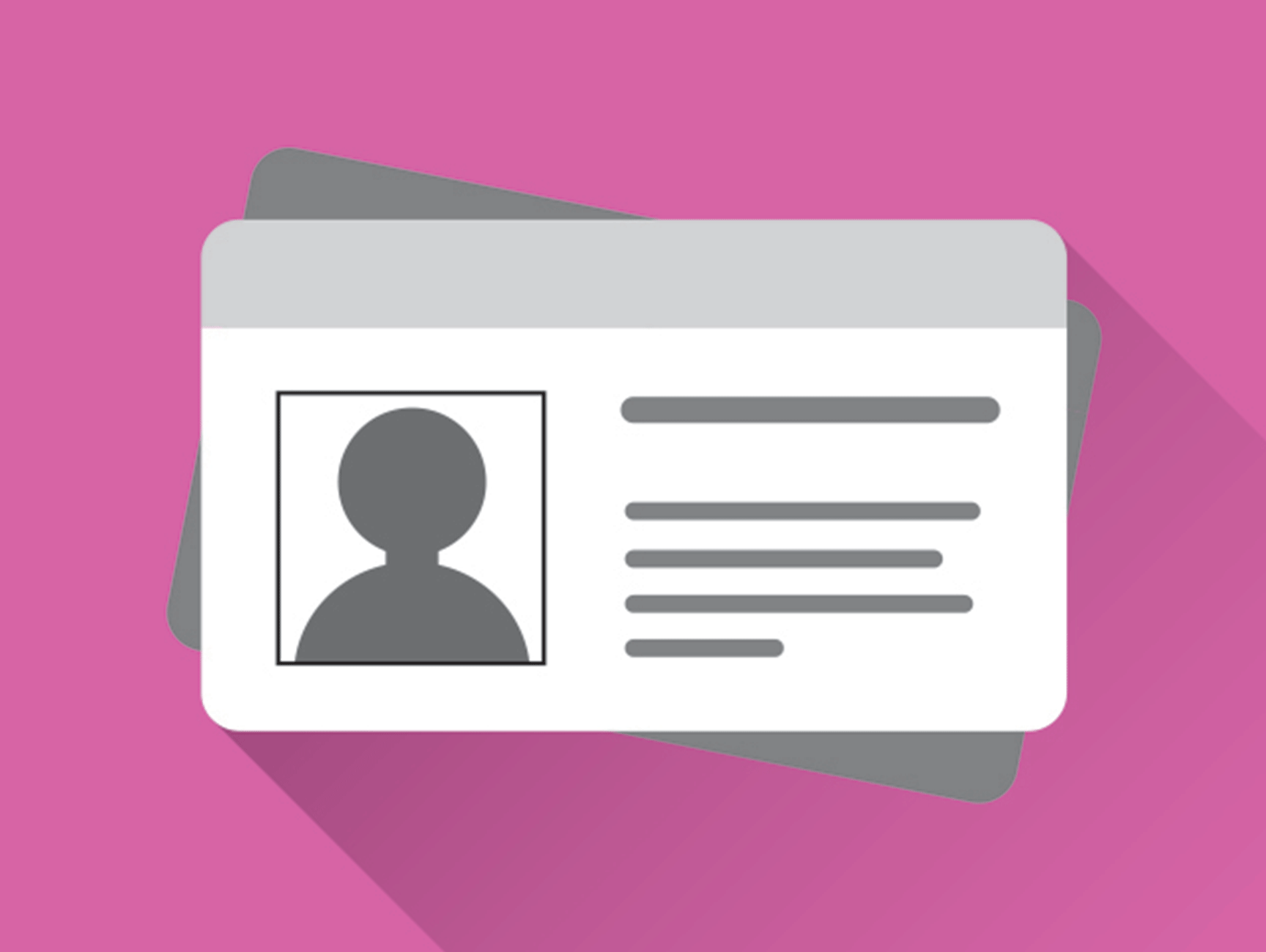
Show your proof of identity and address.
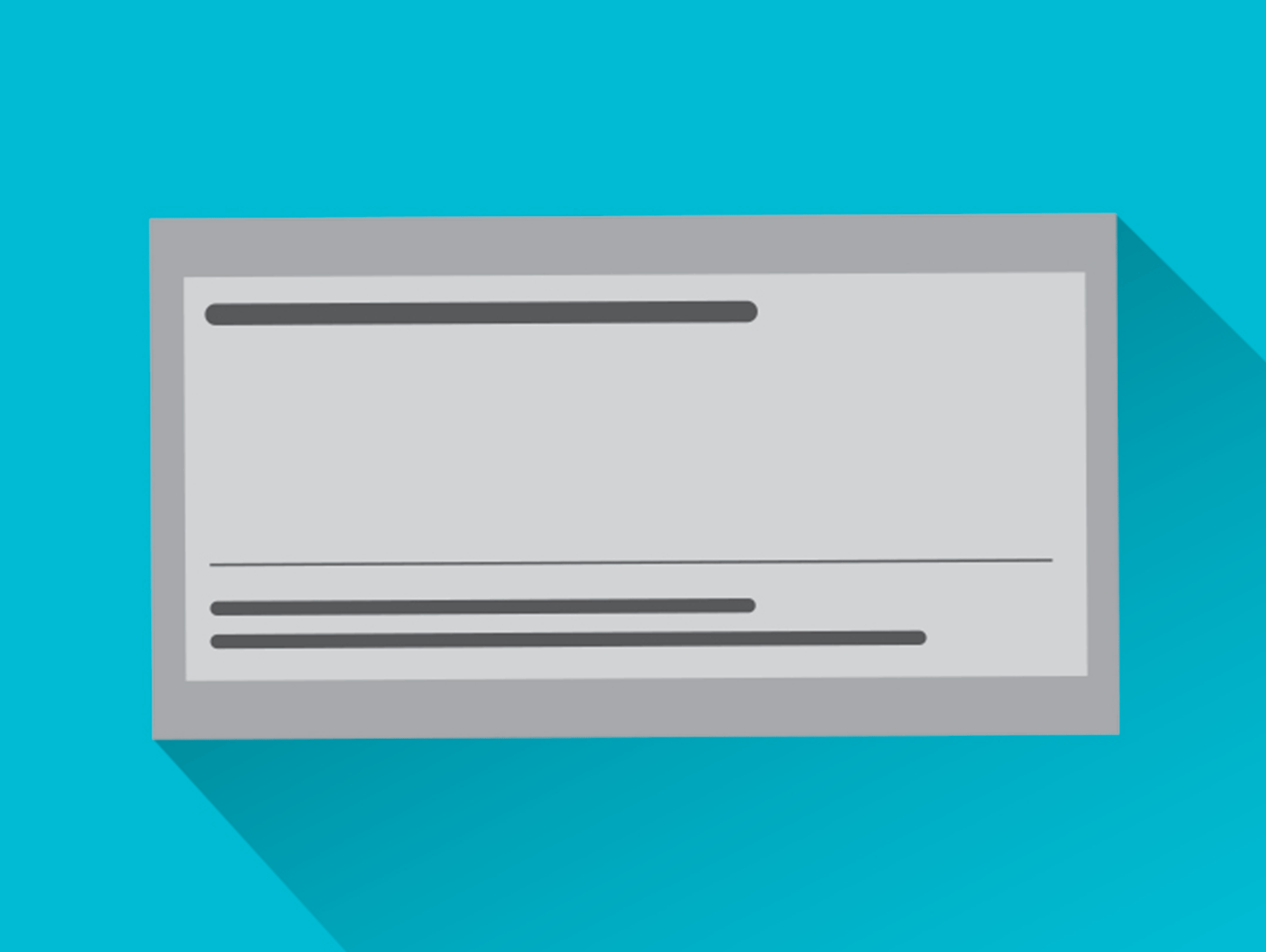
An election worker checks your name on the list of electors and gives you a folded ballot.
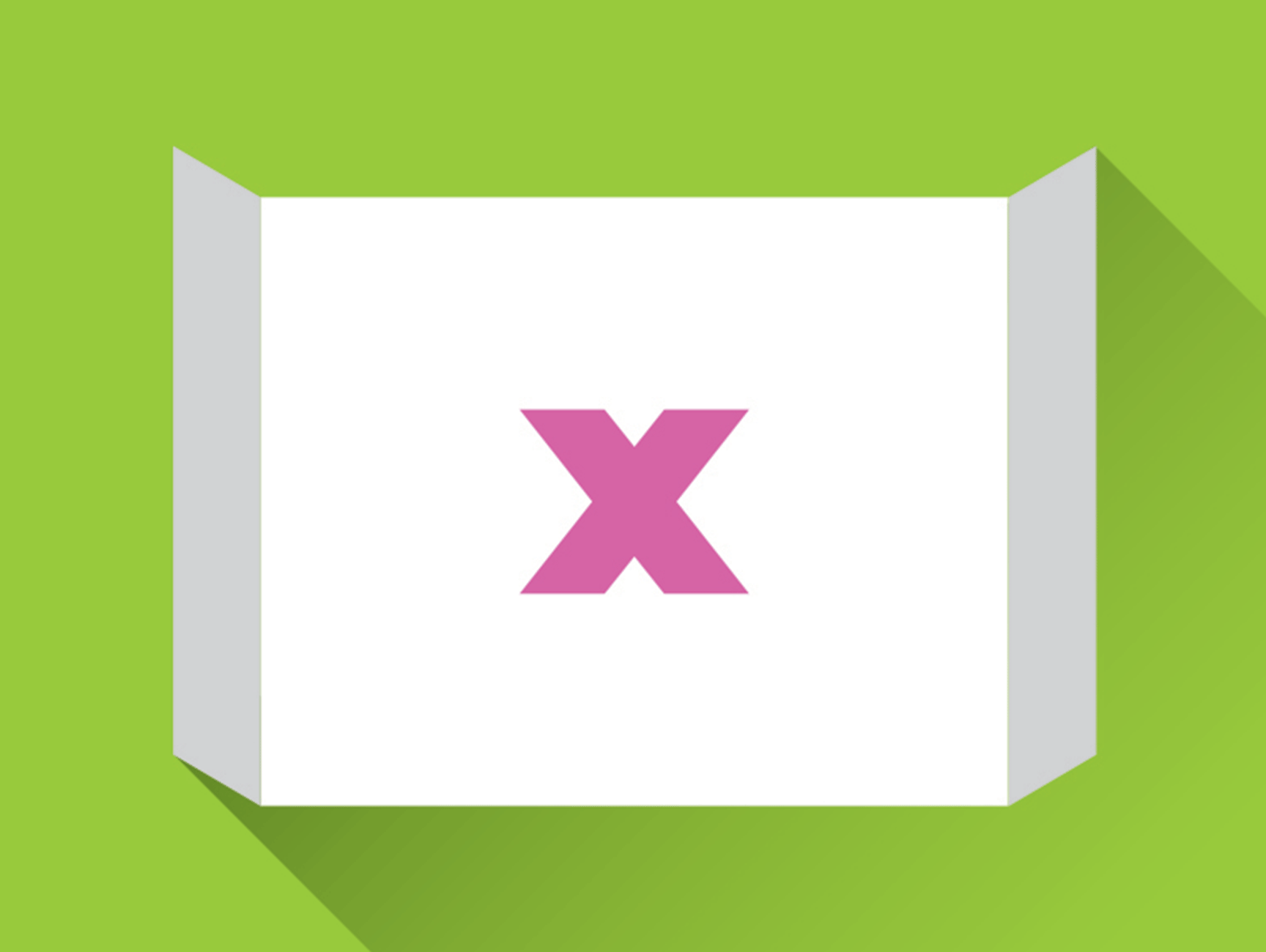
Go behind the voting screen, mark your ballot and refold it to keep it secret.
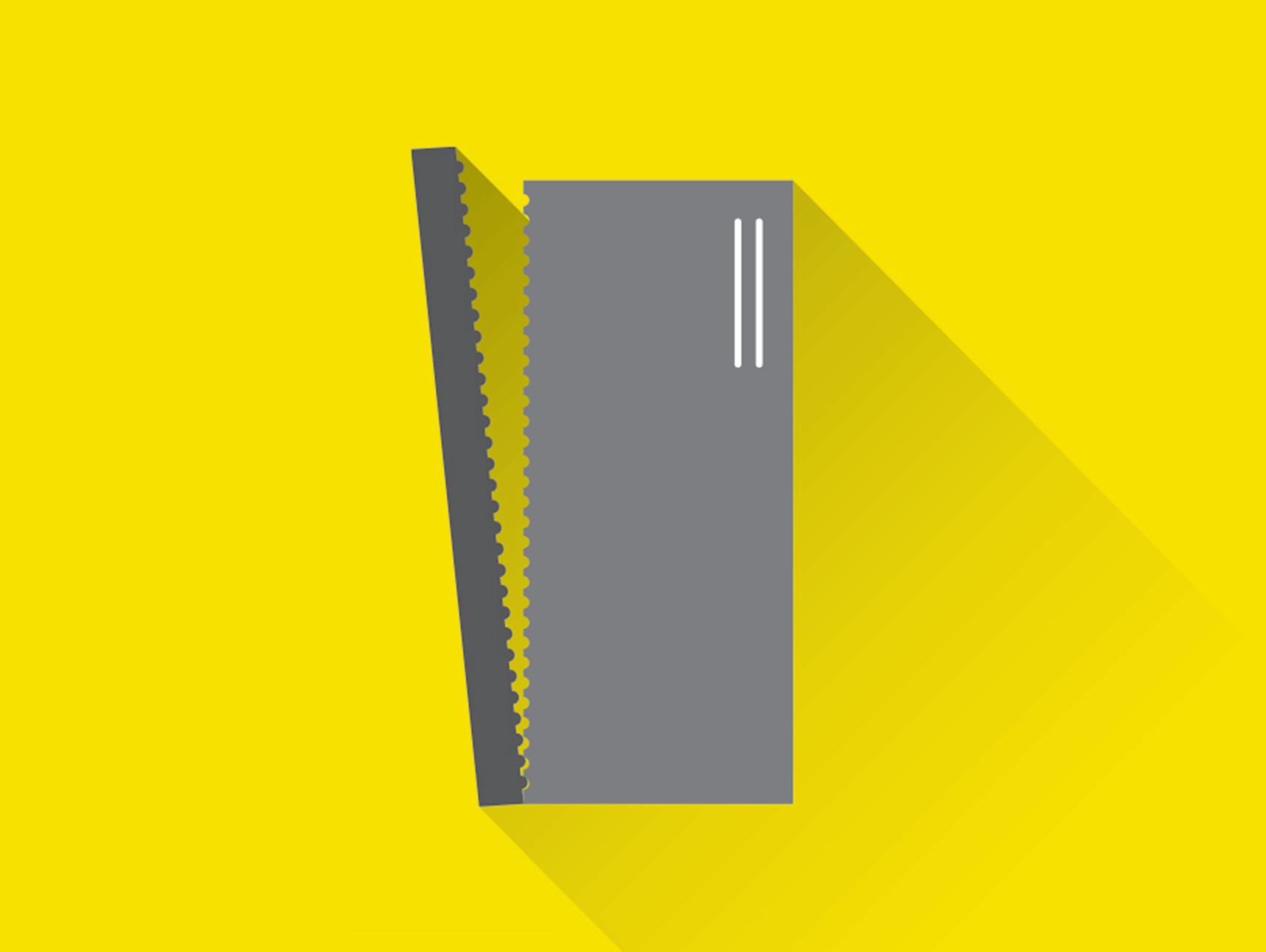
Return your ballot to the election worker. They will remove the tab so that your ballot can’t be traced back to you.
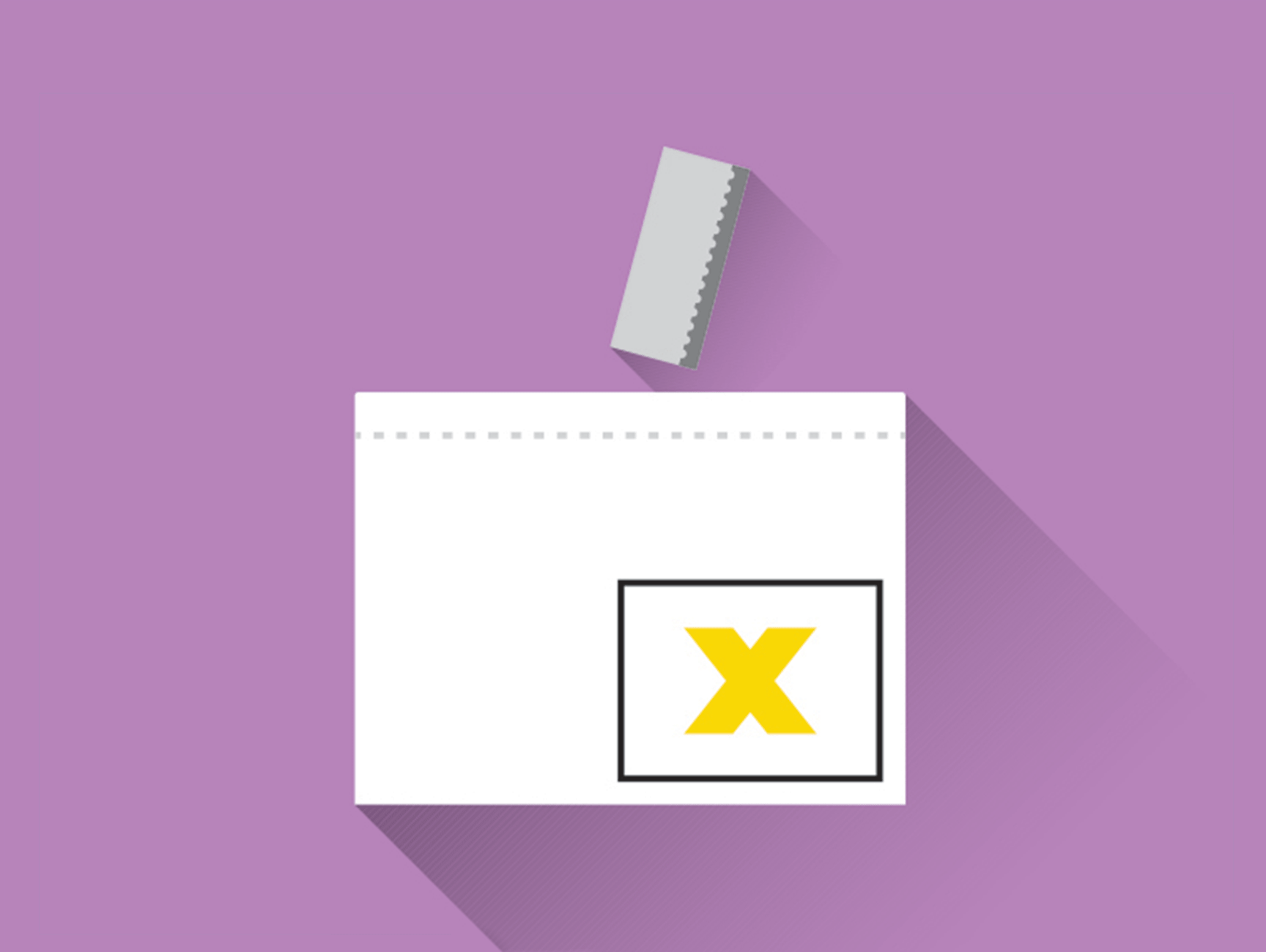
Put your ballot in the ballot box.
How do I vote on advance polling days?
Why: If you don’t think you will be available to vote on election day, or if you want to vote before election day, then one of the ways you can vote is at an advance poll. You may choose to vote at the advance polls because you want to avoid waiting in election day lines, or because you are more familiar with your advance polling station location than your election day polling station.
Where: You vote at your assigned advanced polling station in your
community based on where you live. It might be the same polling station
you would vote at on election day, or it might be a different one. Check
ahead of time to make sure you're heading to the right polling station: you
can find this information on your voter information card or online at the
Voter Information Service.
When: There are four days of advance polls. Your assigned polling station will be open from 9 a.m. to 9 p.m. on the Friday, Saturday, Sunday and Monday the week before election day.
Things to consider if you vote on advance polling days:
- The list of candidates in braille is only available on election day. If you will need assistance reading the ballot, you can ask an election worker, bring someone with you, or you can bring your own electronic device (like an e-reader).
- You’ll be voting with a regular ballot, which means the names of the candidates in your riding will be listed on the ballot. You will make a mark in the circle beside the name of the candidate you want to vote for. This mark could be any kind of mark, as long as it clearly shows which candidate you are voting for. Put a mark in one circle only.
- More and more Canadians choose to vote on advance polling days. That means you may have to wait in line to vote. Keep this in mind when you make your plan to vote.
- Make sure your advance polling station meets your accessibility needs. Check your voter information card, call Elections Canada ( 1-800-463-6868 or 1-800-361-8935 (TTY)) or check online through the Voter Information Service to see if your polling station will be accessible for you.
- Elections Canada has 15 mandatory accessibility criteria for all polling stations (see page 27 of our guide).
- If your assigned advance polling station doesn't meet your accessibility needs, or if you live in a community where there is no advance polling station within a reasonable distance from your home, call the Elections Canada office in your riding or 1-800-361-8935 (TTY). You may apply for a transfer certificate so you can vote at another polling station in the same riding. Elections Canada will help you find an alternate polling station or discuss other ways you may be able to vote.
Voting at an Elections Canada office
Voting at an Elections Canada office is different than voting on election day or advance polling days. Here, you will vote using the special ballot process.
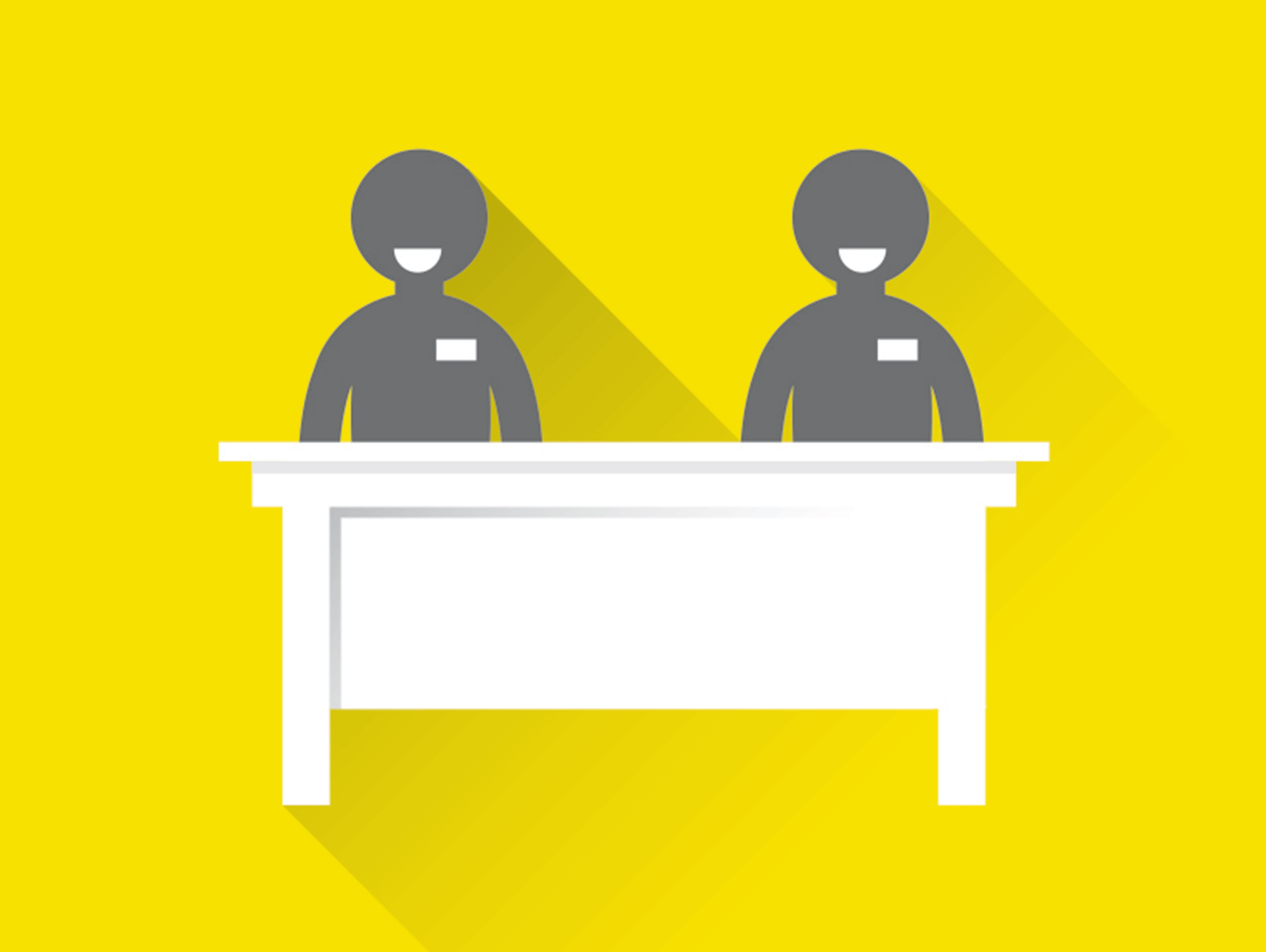
1
An election worker will greet you at the counter and ask for proof of identity and address.
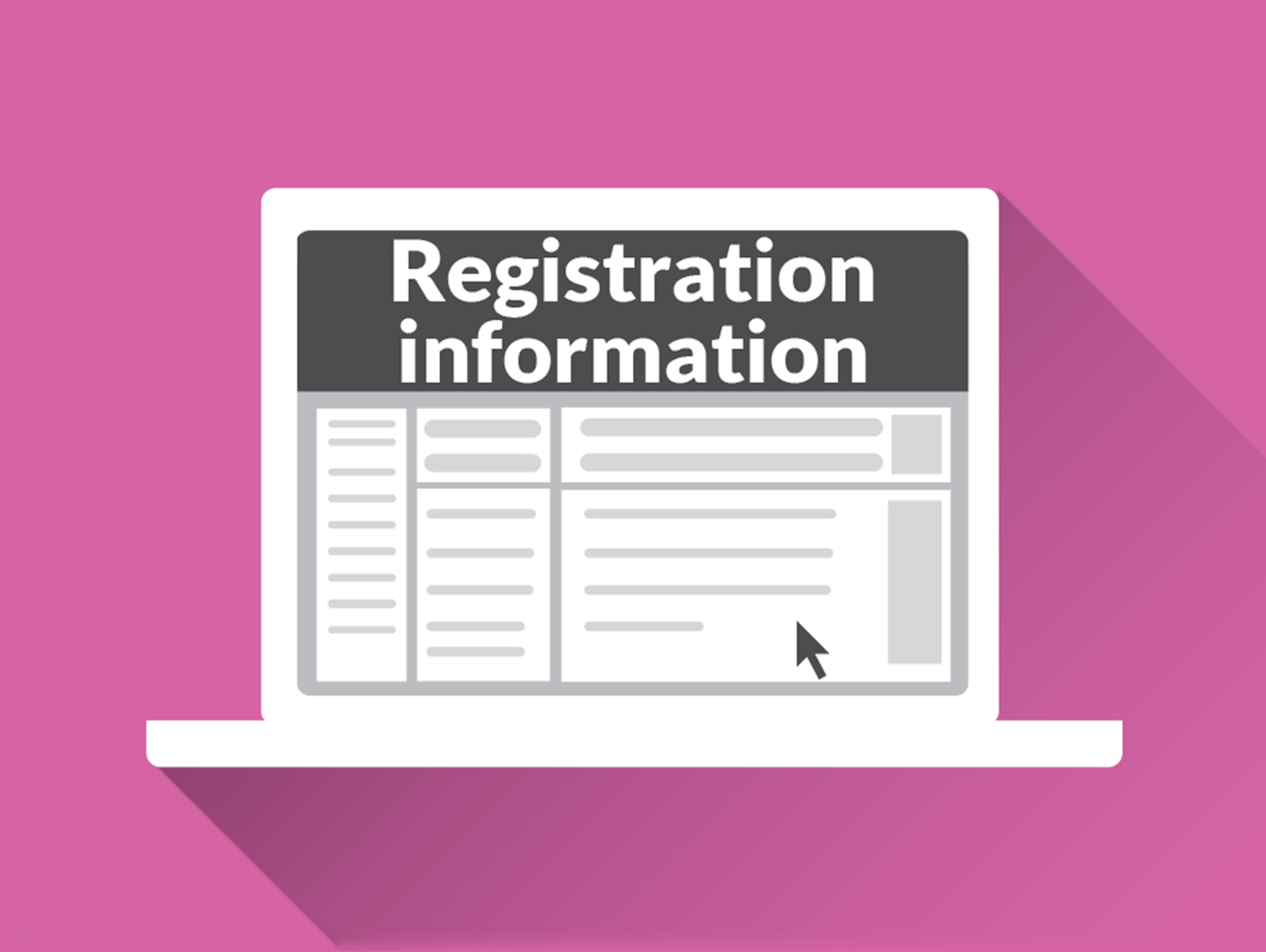
2
The election worker will add, update or confirm your information and ask you to verify it on the computer screen.

3
You will be given a ballot and instructions. Ask for the list of candidates for your riding if you need it.
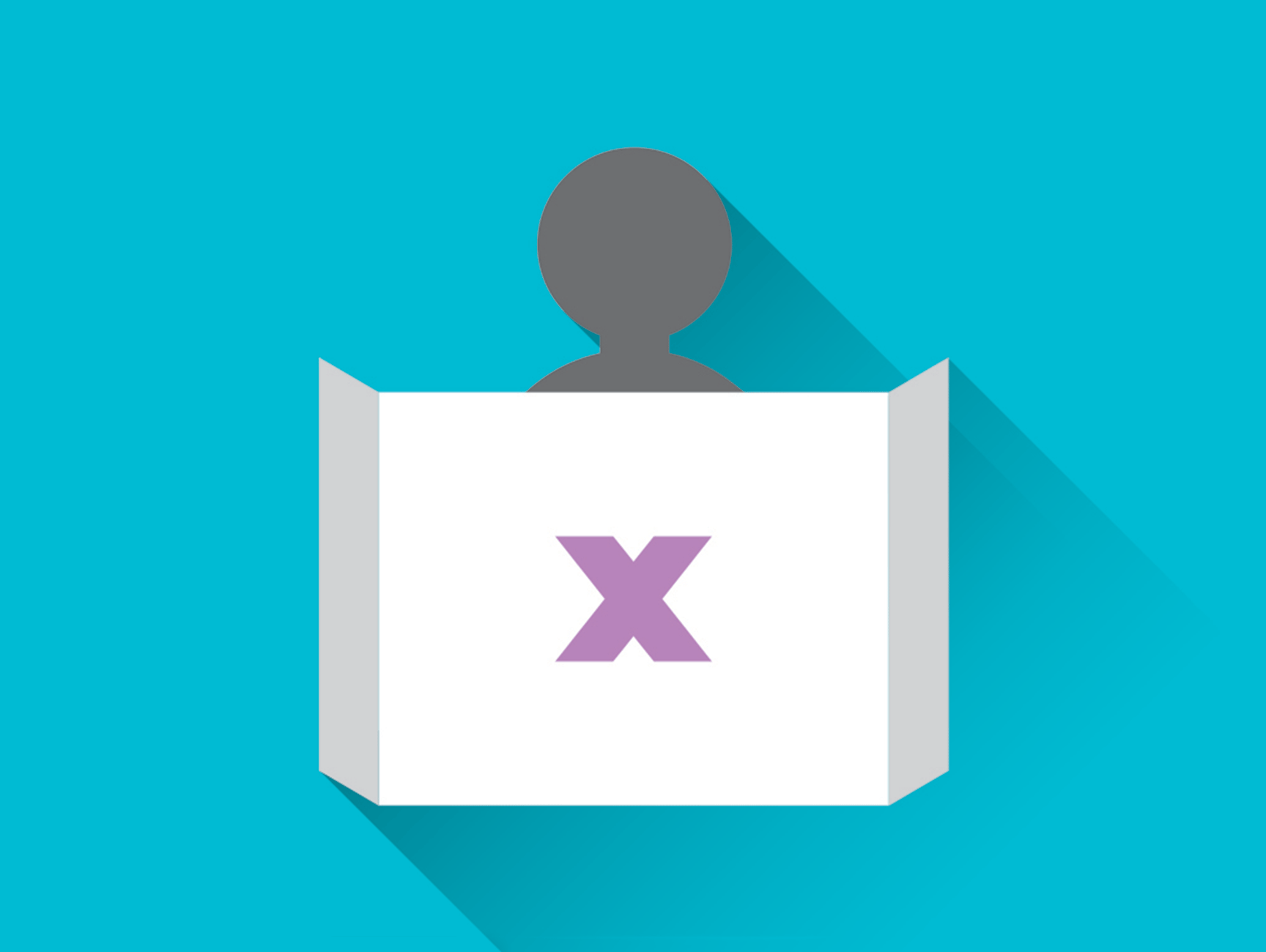
4
Go behind the voting screen, mark your ballot and return to the election worker.
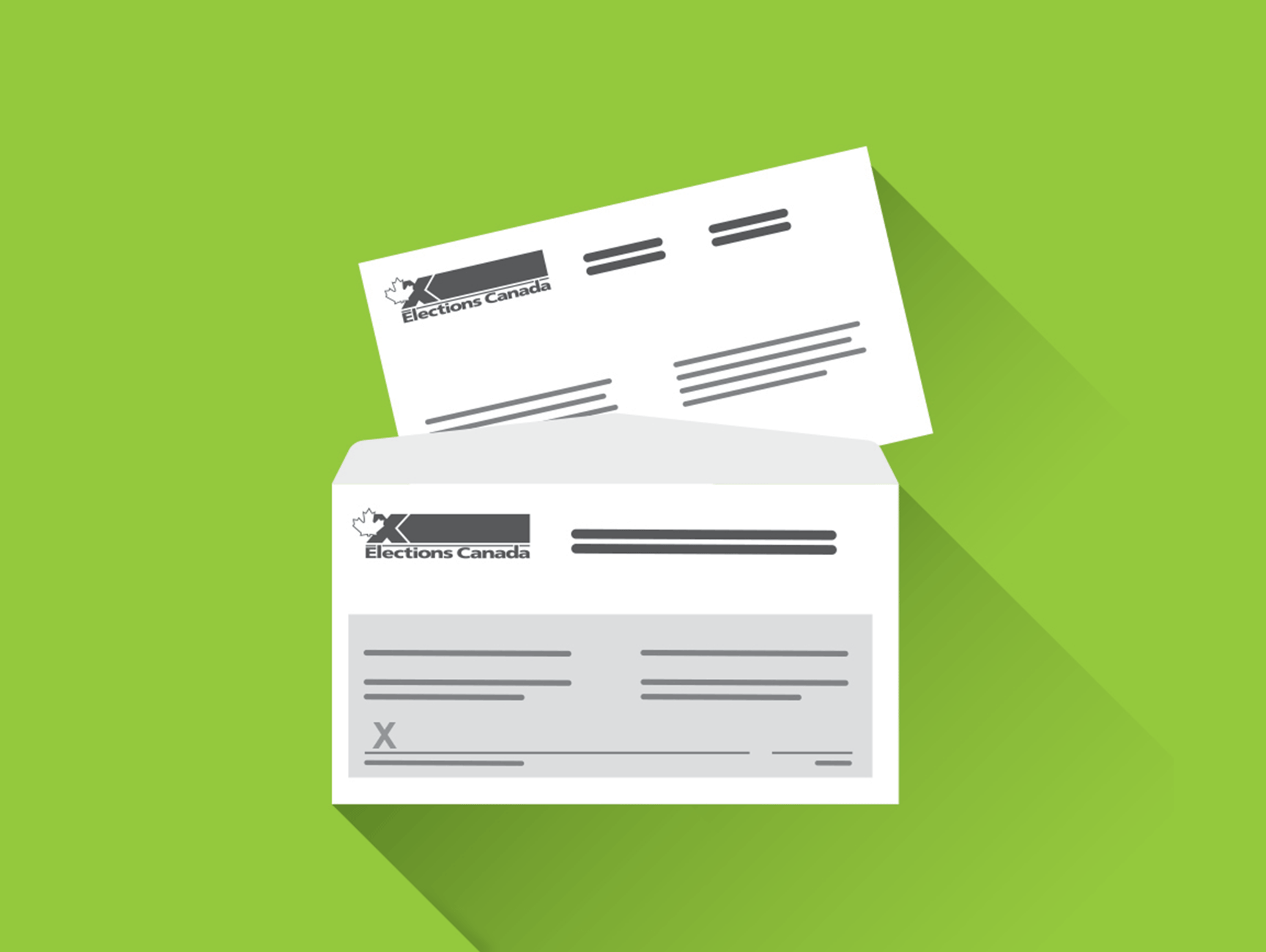
5
The election worker will give you two envelopes. First, put the ballot in the unmarked inner envelope and seal it.
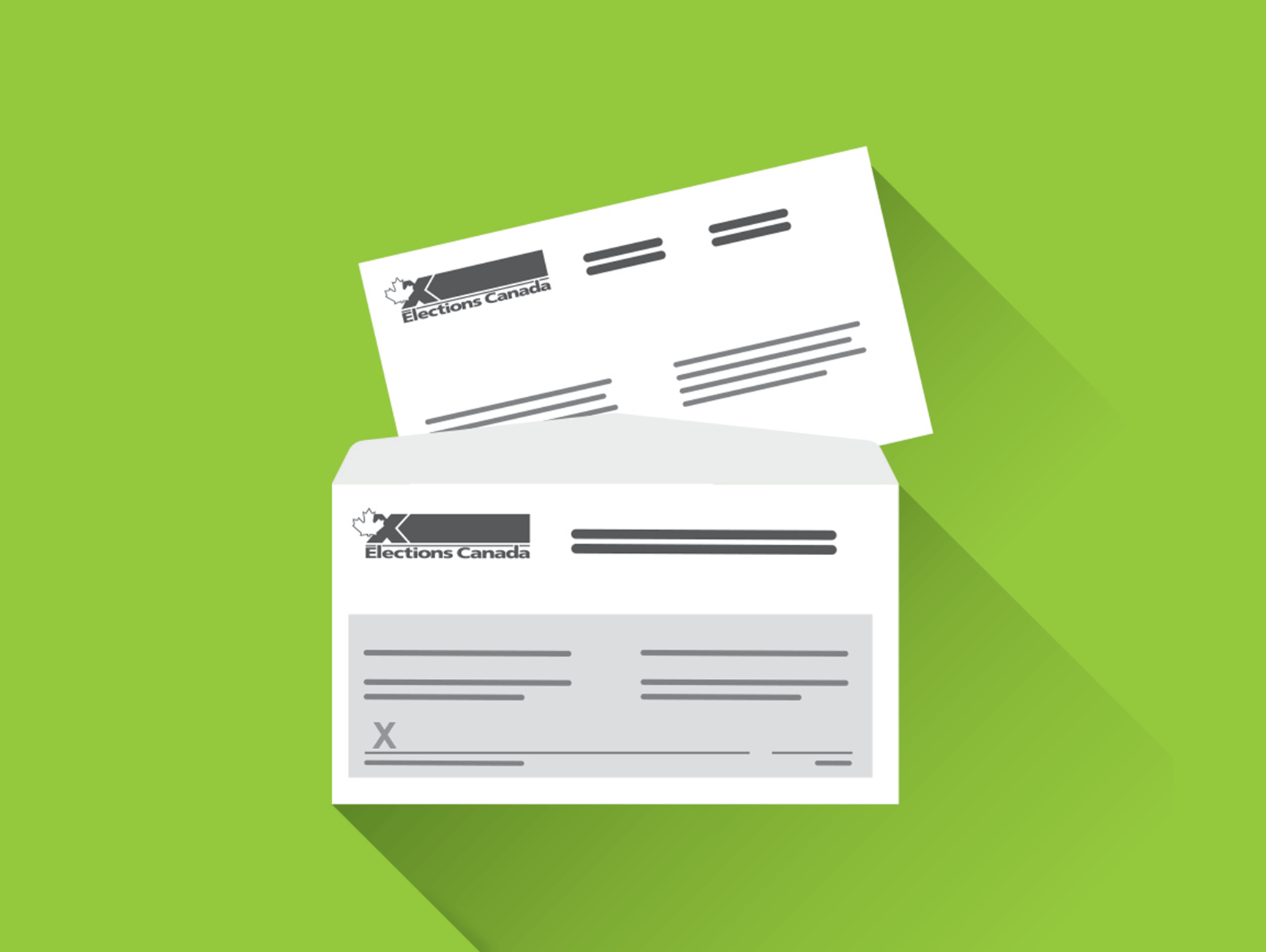
6
Then, put that envelope in the outer envelope and seal it.
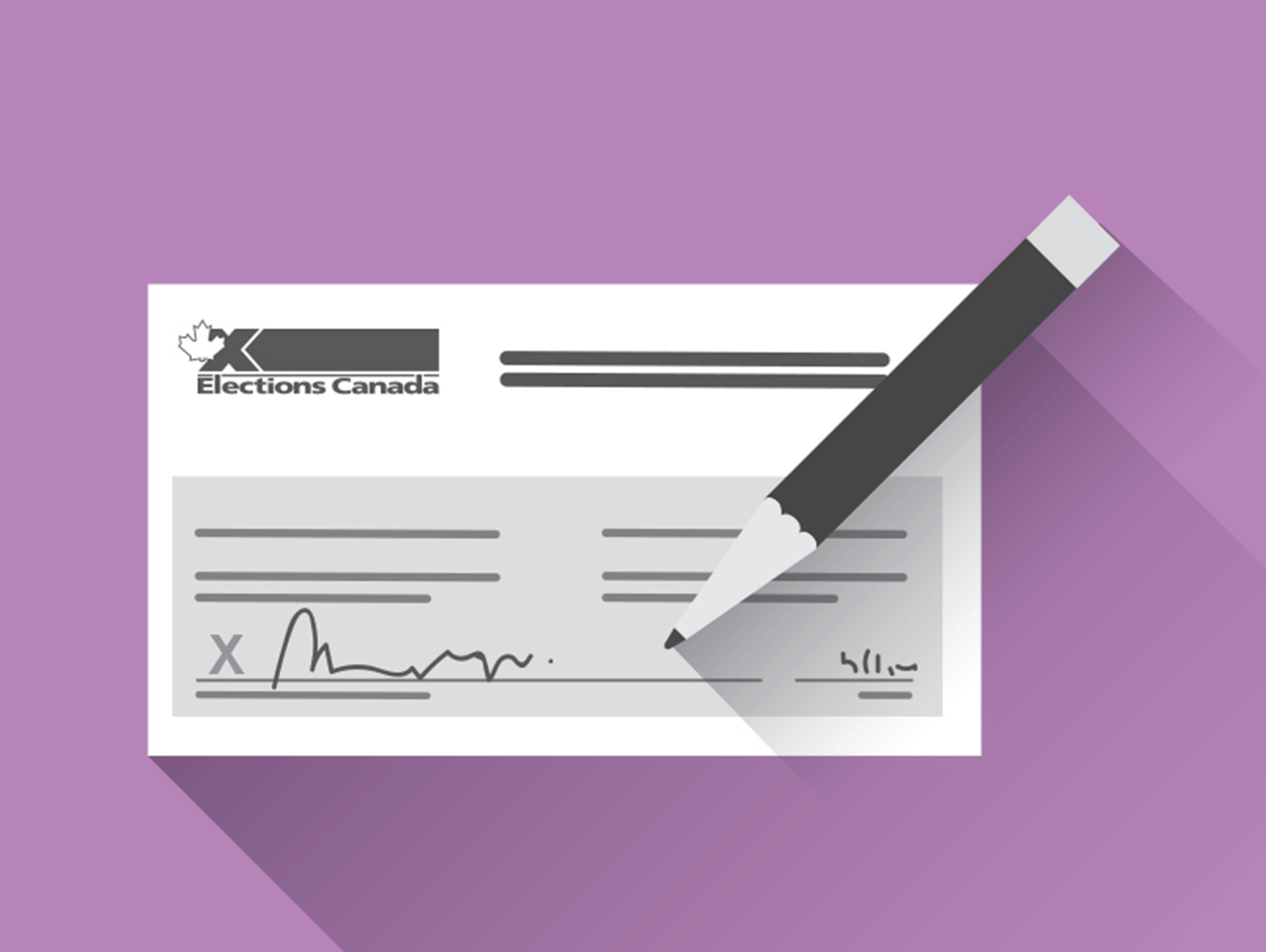
7
Read the declaration on this outer envelope and sign it.
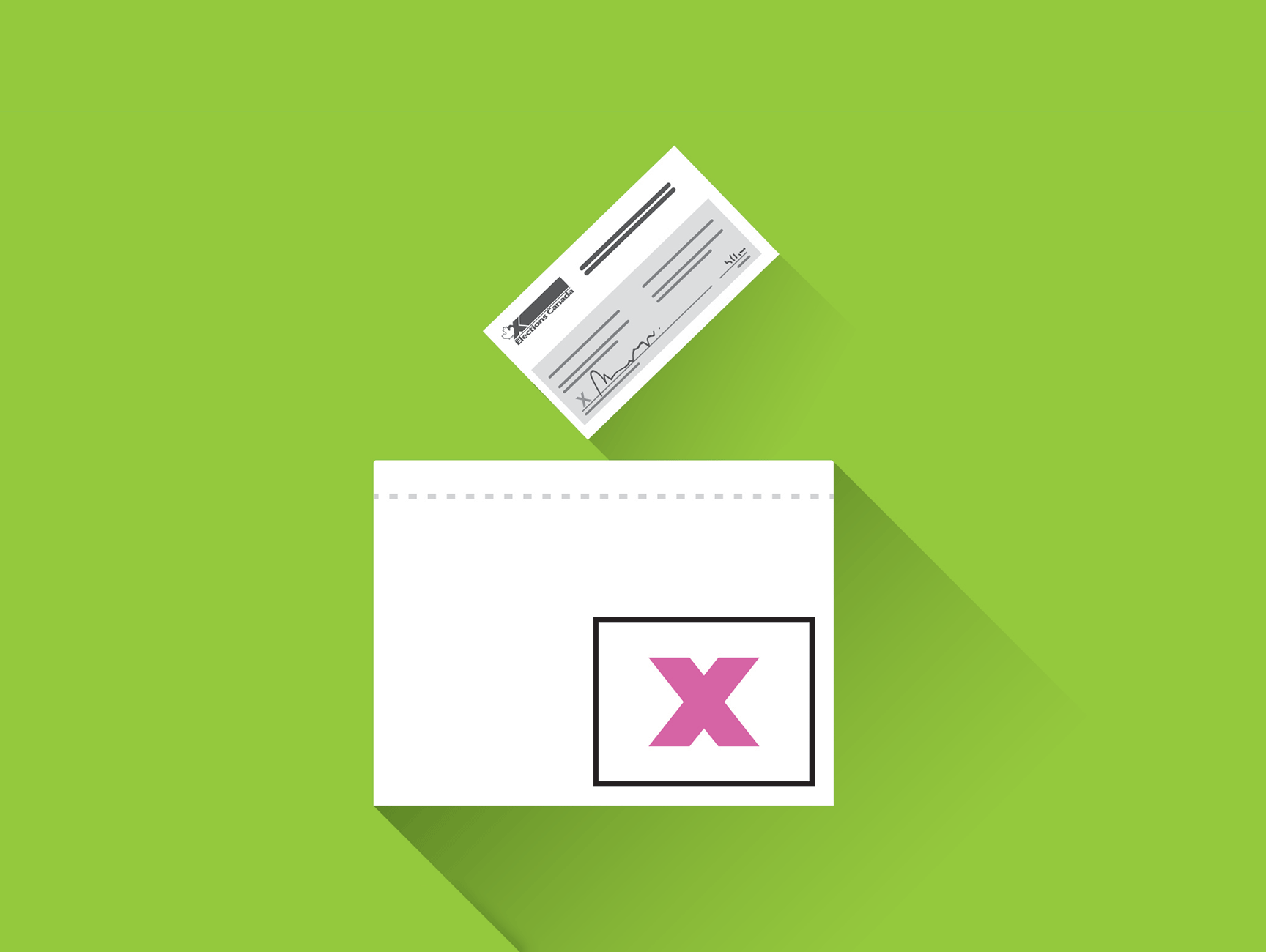
8
Put your envelope in the ballot box.
Keeping your vote secret
When it’s time to count the ballots, the election worker will remove all the unmarked inner envelopes from their signed outer envelopes. The election worker will then return only the unmarked inner envelopes to the ballot box and mix them up.
How do I vote at an Elections Canada office, including a Vote on Campus office?
Why: If you want to vote in person but not on election day or at advance polls, you can vote at an Elections Canada office. Anyone can vote at an Elections Canada office. Some reasons you may choose to vote at an Elections Canada office include:
- you want to avoid waiting in long lines,
- you want to take your time voting,
- an Elections Canada office is easier for you to access than your polling station
Where: Once the election has been called, there will be over 500 Elections Canada offices set up across the country. Every riding in Canada has an Elections office. Visit elections.ca to find the office nearest you. You can also vote at an Elections Canada Vote on Campus office. These are Elections Canada offices that are set up on some school campuses across the country for five days about two weeks before election day. These Vote on Campus offices are made for students, but any elector can register and vote at these locations.
When: You can vote at any Elections Canada office by the Tuesday before
election day at 6 p.m. Elections Canada offices are open 7 days a week once the
election has been called.
What to expect: Voting at an Elections Canada office or Vote on Campus office
is different than voting on election day or advance polling days.
How do I vote by mail if I can’t get to a polling station or Elections Canada office?
After an election is called, you can vote by special ballot through the mail.
Why: If you can’t or don’t want to vote in person on election day, at advance polls, or at your Elections Canada office, you can vote by mail. You may not be able to vote in person because you are travelling, housebound, a student living on campus away from home, or you may face other difficulties accessing a polling station or Elections Canada office.
Where: You can vote by mail from anywhere, even from another country!
When: You will need to apply so that Elections Canada can send you a special
ballot voting kit in the mail. The deadline to apply to vote by mail is the Tuesday
before election day at 6:00 p.m. Apply as soon as possible to allow enough time
for your special ballot voting kit to reach you and for you to return your marked
ballot to Elections Canada by election day.
Apply online at elections.ca to vote by mail
None of these ways to vote will work for me. Are there any other ways to vote?
If you will not be able to vote on election day, on advance polling days, or cannot vote by mail, there are two other ways you may be able to vote:
At Mobile Polls if you live in a seniors’ residence or long-term care facility
In some ridings, election workers take mobile polls to certain facilities or residences at scheduled times to allow electors staying there to vote. Some examples of these places are:
- senior residences
- long-term care institutions
This service is not available in all facilities. To learn where this service is offered, call Elections Canada at 1-800-463-6868 or 1-800-361-8935 (TTY).
At home
You may request to vote at home if:
- You’re unable to read or
- You're
- Unable to vote at your regular polling station or at an advance poll; and
- You’re unable to personally go to your Elections Canada office because of disability and vote by special ballot; and
- You’re unable to vote by mail.
If you or a family member requires this service, you must contact the Elections Canada office in your riding to request this voting option before by the Tuesday before election day at 6 p.m.
What to expect if I vote at a mobile poll or at home:
- You will still need to prove who you are and where you live.
- If you vote at a mobile poll, you will mark a regular ballot. If you vote at home, the type of ballot you use will depend on when you are voting. If you vote earlier than two weeks before the election, you will use the special ballot. If you vote after two weeks before the election, you will use the regular ballot.
- If you can’t get out of your bed, an election worker may be able to visit you at your bedside to help you complete your application. They can also help you mark your ballot. If you need help voting at home, only an election worker can help you.
How do I contact Elections Canada?
Contact by telephone–Monday to Friday, from 9:00 a.m. to 5:00 p.m. (Eastern Time)
- 1-800-463-6868 (toll-free in Canada and the United States)
- 001-800-514-6868 (toll-free in Mexico)
- 613-993-2975 (from anywhere in the world)
Contact by TTY–Monday to Friday, from 9:00 a.m. to 5:00 p.m. (Eastern Time)
- 1-800-361-8935 (toll-free in Canada and the United States)
Contact by Video Relay Services for users of SRV Canada VRS
Contact by fax
- 613-954-8584
- 1-888-524-1444 (toll-free in Canada and the United States)
Contact by e-mail info@elections.ca
Speak with an election worker when you go to vote.
Thank you for your feedback.
Did you find this information useful?
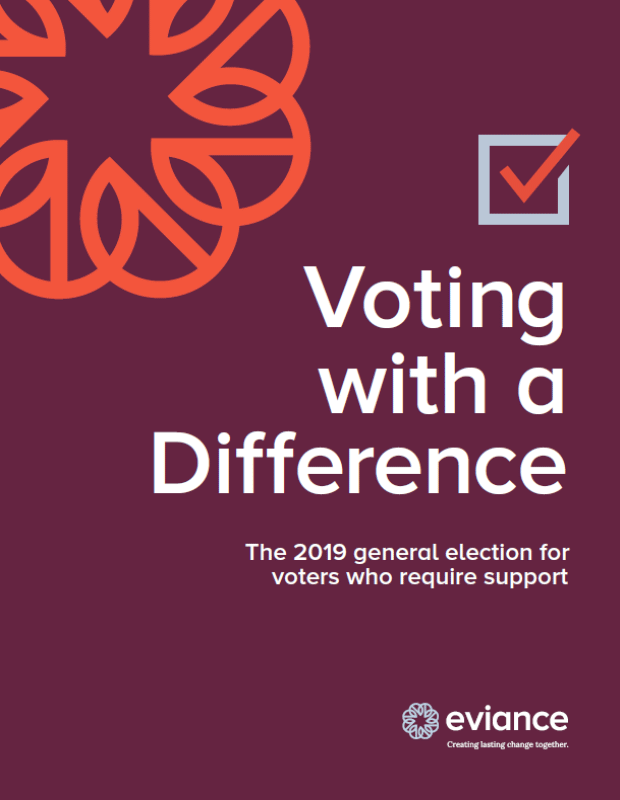
Download Voting with a Difference, our free, straightforward guide to voting in the 2019 federal election.
This will be useful to you if:
- • You need an accessible polling station or other support to vote
- • Even an accessible polling station won’t be the right option for you
- • You won’t be able to get to a polling station
- • You provide support to someone who has faced barriers to voting in the past or who will need some support so they can vote in the upcoming federal election.


